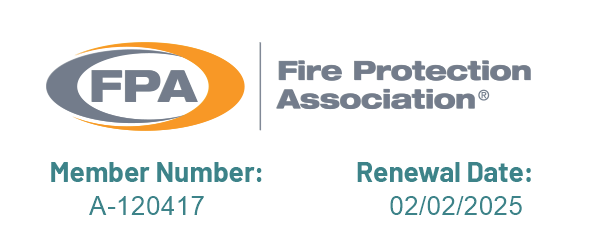About Smoke
Artificial smoke is produced by heating a smoke fluid chemical above its boiling point within a heat exchanger. The fluid is then vaporised, and it is when the vapour exits the heat exchanger and mixes with the relatively colder atmosphere that rapid condensation of the vapour takes place, resulting in a visible smoke (or technically fog).
It is important that the vaporisation of the fluid within the heat exchanger is complete, otherwise the production of a 'wet' smoke, or a smoke with a very large particle size will result.
Conversely, it is important that the heat exchanger through which the smoke fluid is passed is not operating at too high a temperature, otherwise unpleasant and potentially hazardous pyrolysis products will be formed.
Depending on the type of smoke fluid being vaporised it may be necessary to use an inert propellant gas as a “carrier” for the fluid as it is heated within the heat exchanger.
Concept's machined range of heat exchangers produce a smoke or fog effect with a particle size an order of magnitude less than conventional smoke systems, giving significant benefits in terms of smoke concentrations required to achieve obscuration targets, health and safety, flammability and settling velocities of the resulting fog.

Demonstration movies
scroll through the slides,
click on a thumnail and
view the movies

Latest News
> view all articlesColt 4 Twin Turbo - New Product

Concept Smoke Systems are one of the leading smoke machine manufacturers... Read more >
ESS 2015
Concept are pleased to be exhibiting and supporting the Emergency Servic... Read more >
> view allTestimonials
Building Envelope Technologies Ltd
"We have been using the ViCount unit now for some time as our main method of generating smoke for air leakage path identification as part of building airtightness tests.
The speed at which the unit builds smoke is very impressive and consistently in line with the guidance given by yourselves.
The nature and density of the smoke produced proves very effective when observed from outside the building giving sufficient time for and allowing easy observation of emerging smoke and leakage paths. The very persistent effect has allowed us to test buildings with volumes up to 40,000 m3 with just two units.
The very dry nature of smoke (i.e. small particle size) has meant that there have been no instances of contamination of the buildings following the test.
We have found the continuing technical support provided by Concept to be prompt and effective in answering queries and allowing us to get the most out of our equipment."


